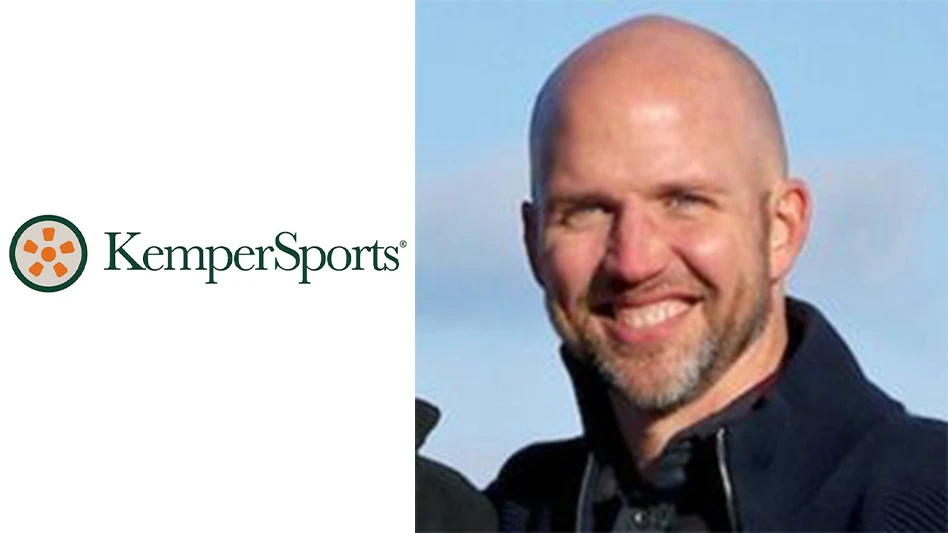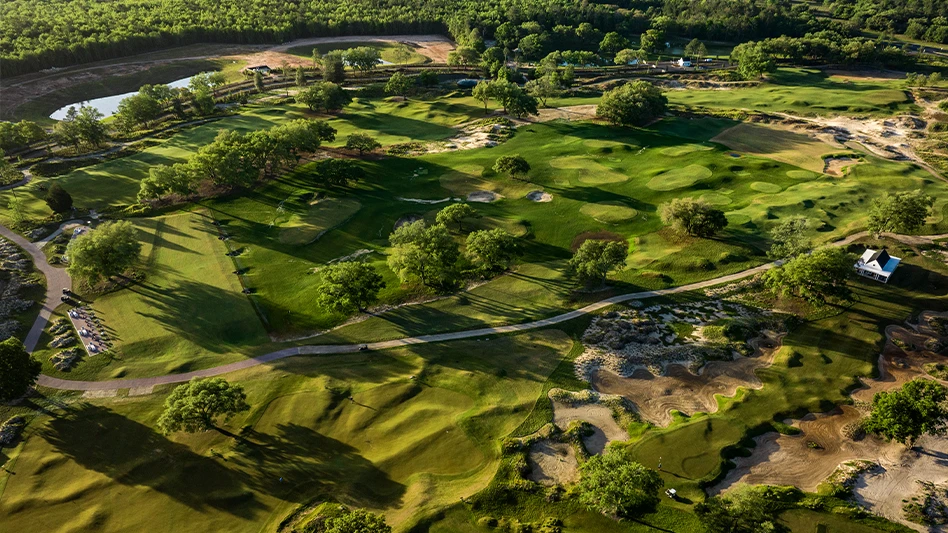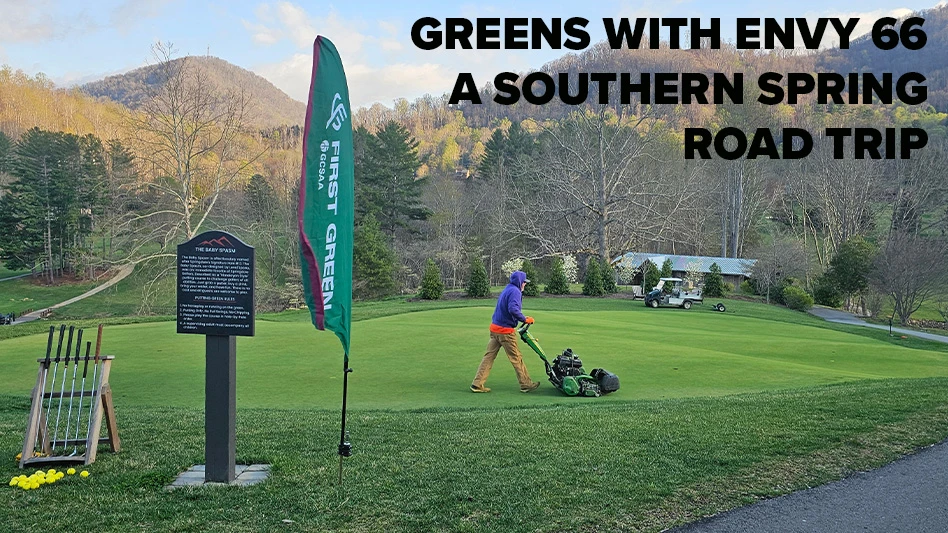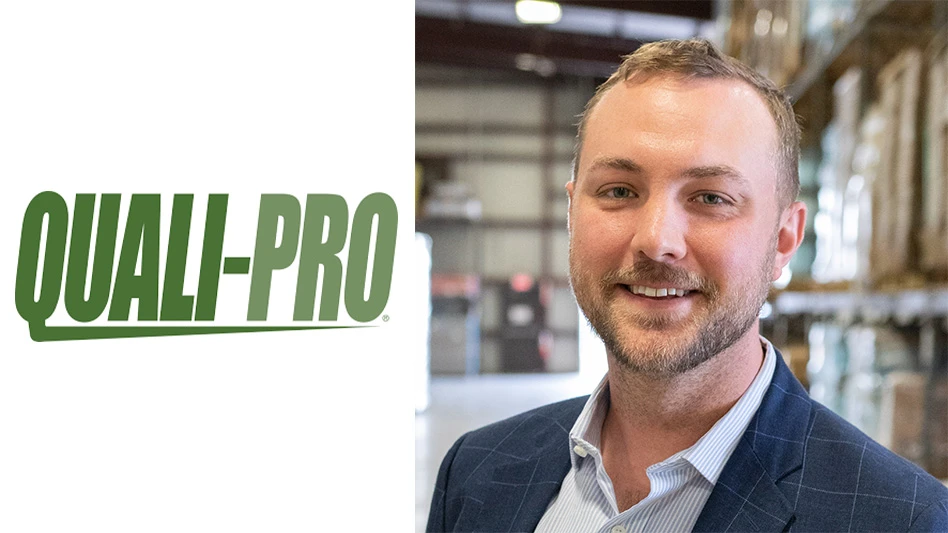
Aloha! ‘Ohana! Malama ‘aina! Kokua!
Yes, we still have Hawaiian fever.
For the past four months, we have revealed the people, practices and partnerships on Hawaii’s Big Island, a region where most of our audience will never work a golf course maintenance shift. Why did we do it?
A partner who understands the value of telling quality stories to the industry always help. Like it did last year, when it supported our “When the creek rises” series about the devastating flood and inspiring recovery at The Greenbrier, John Deere committed to a people-focused project.
GCI strays from homogeneity, thus the reason for edgy columns, enewsletters and social media feeds. As much as we admire and ardently support major championship superintendents and association leaders, we dig deeper for cover concepts and story topics. The names of terrific columnists and writers are the only thing we hope a reader can predict when opening these pages or visiting our website. Golf is a conservative business. It doesn’t need another publication producing predictable content.
And a magazine doesn’t need to introduce readers to people in the same places, brining us to the reason behind our “Mauka to Makai” series, which concludes this month. Here’s a theme-by-theme look at how studying golf course maintenance on the Big Island can help somebody on the mainland.
Aloha (welcome). Golf is – or at least should be – a customer-centric business. Smiles and waves are common when Big Island workers encounter golfers. Similar enthusiasm exists when superintendents and course employees interact with industry peers. Anybody know of a business that failed because its employees were too friendly? We can all benefit from incorporating a “Sense of Aloha” into our daily interactions.
‘Ohana (family). I started my tour of Big Island courses on a Monday. The week commenced with more conversations about surfing and weekend barbecues than turf. Big Island workers know their colleagues on personal levels. The conditioning doesn’t suffer because of personal relationships. Kailua-Kona boasts some of the world’s best maintained golf courses thanks to loyal crews. Multiple workers told me they turned down higher-paying jobs positions – within and outside the golf industry – because they value the family atmosphere at their current job. Remember this whenever you think you’re too busy to hear a brief description of a co-worker’s fishing trip.
Malama ‘aina (To care for the land). Superintendents everywhere are wonderful at protecting what separates golf from other activities. Signage explaining the cultural and physical significance of wildlife, careful pesticide and fertilizer applications, integration of hybrid technology into mower fleets, efficient irrigation and comprehensive recycling programs help golf courses navigate operational perils in an environmentally sensitive state.
Kokua (help). High labor and supply costs, cultural differences among managers and employees, poor soil, salinity issues, intense sunlight and customers with enormous expectations make maintaining a Big Island golf course a tricky assignment. Asking co-workers, competitors and suppliers for help isn’t a sign of weakness. It’s a sign of savvy strength.
Guy Cipriano is GCI's senior editor.
Latest from Golf Course Industry
- Tartan Talks: 106: Jeff Lawrence
- Graze, Invited partner for autonomous mowing launch at Gleneagles CC
- New grasses up north?
- From the publisher’s pen: Technology diffusion and turf
- Applications open for 2025 Syngenta Business Institute
- Smart Greens Episode 1: Welcome to the digital agronomy era
- PBI-Gordon promotes Jeff Marvin
- USGA investing $1 million into Western Pennsylvania public golf





